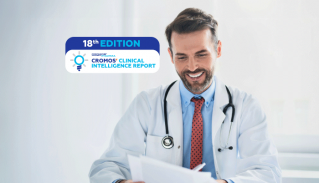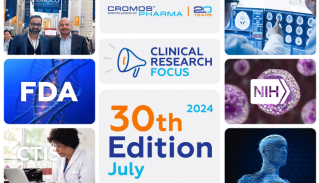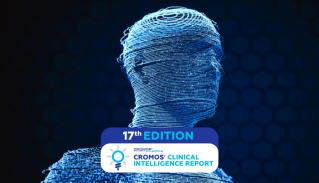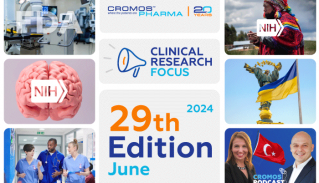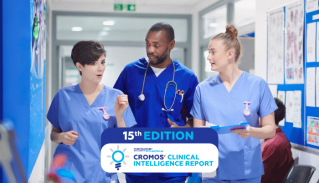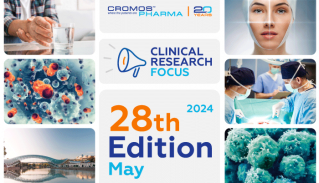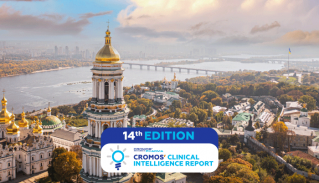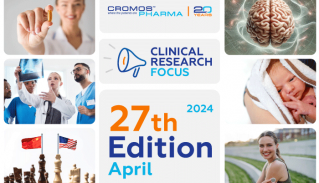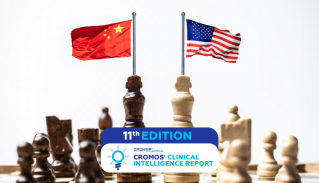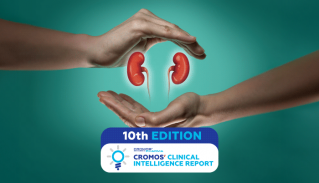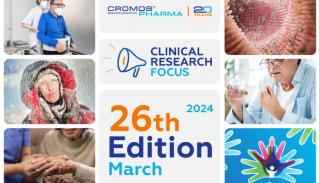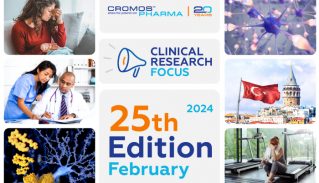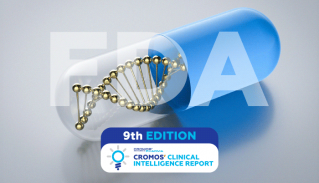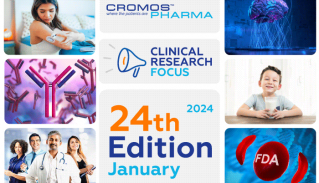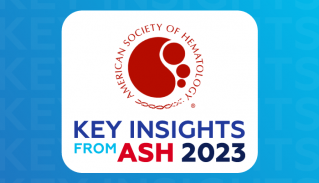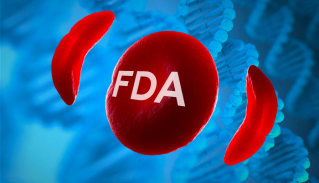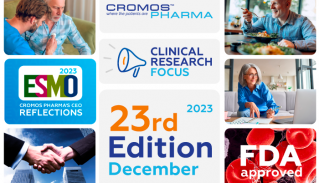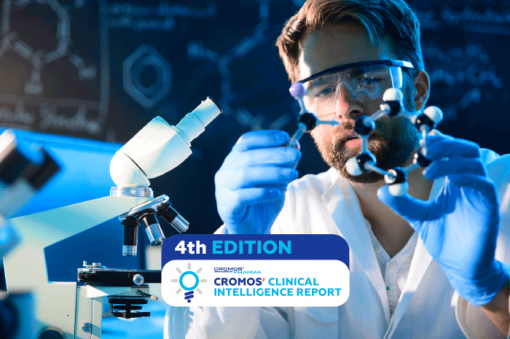
Debating the Role of Interchangeability in Biosimilar Development
Should All US Biosimilars Have an “Interchangeable” Designation?
Introduction: The world of biotechnology and pharmaceuticals has seen remarkable advancements in recent years, particularly in the development of biosimilars. Biosimilars, biologic drugs that are highly similar to already-approved reference biologics, have become a pivotal part of modern medicine, offering cost-effective alternatives to expensive originator biologics. However, one question continues to spark debate within the biotech community: should all biosimilars have an “interchangeable” designation?
Understanding the Interchangeability Concept: Before delving into the debate, let’s clarify what we mean by interchangeability in the context of biosimilars. According to the Biologics Price Competition and Innovation Act (BPCI Act) in the United States, an interchangeable biosimilar is one that can be expected to produce the same clinical result as the reference product in any given patient, even if switching between the biosimilar and reference product. Moreover, an interchangeable biosimilar can be substituted for the reference product without the involvement of a prescribing healthcare provider.
The Pros of Interchangeability:
- Streamlined Regulatory Process: One argument in favor of granting all biosimilars an interchangeable designation is that it simplifies the regulatory process. Interchangeable biosimilars go through a rigorous evaluation by regulatory authorities, ensuring their safety and efficacy. If all biosimilars were interchangeable, this process could become more standardized and efficient.
- Enhanced Confidence: Patients and healthcare providers may have more confidence in biosimilars labeled as interchangeable, believing that these products are truly equivalent to the reference biologic. This could lead to increased adoption and acceptance of biosimilars, potentially driving down healthcare costs.
- Reduced Prescriber Burden: Interchangeable biosimilars can be substituted without requiring prescriber intervention. This could lessen the administrative burden on healthcare providers, making it easier to switch patients to biosimilars.
The Cons of Interchangeability:
- Scientific Complexity: Achieving interchangeability is a high scientific bar to meet. Not all biosimilars may be able to demonstrate interchangeability, even if they are highly similar to the reference product. Imposing interchangeability as a universal requirement could stifle biosimilar development.
- Development Costs: The process of proving interchangeability is resource-intensive and expensive. Requiring this for all biosimilars could make it financially unviable for some manufacturers, potentially limiting competition and access to biosimilars.
- Patient and Physician Choice: Patients and physicians may prefer to have the option of choosing interchangeable or non-interchangeable biosimilars, depending on individual circumstances. A one-size-fits-all approach might not consider these preferences.
The Middle Ground:
Finding common ground in this debate is essential. One approach could involve distinguishing between “biosimilars” and “interchangeable biosimilars” while maintaining high regulatory standards for both. This would allow for flexibility, acknowledging that not all biosimilars can achieve interchangeability but still ensuring that biosimilars meet stringent safety and efficacy criteria. Short of completely removing the provision, a potential compromise could involve awarding the interchangeable designation to biosimilars that have demonstrated acceptable pharmacovigilance (PV) data over a defined period following their market launch.
Conclusion:
The question of whether all biosimilars should be interchangeable remains a subject of ongoing debate in the biotech community. Striking a balance between simplifying the regulatory process and recognizing the scientific complexities and costs involved is crucial. Ultimately, the goal should be to ensure patient safety, promote competition, and enhance access to affordable biologic therapies. As biosimilar development continues to evolve, finding the right regulatory framework will be essential for realizing these objectives.

